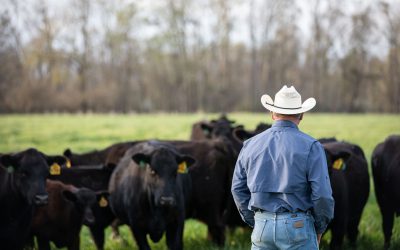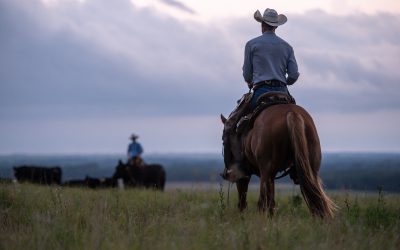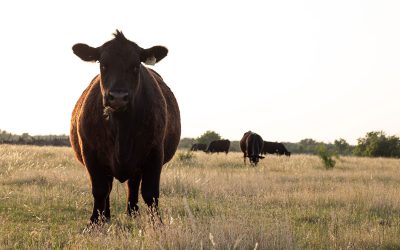
Niche or not?
May 20, 2011
The phrase “niche market” conjures up different images and feelings for different people.
Some embrace the term, thinking it’s ultimately synonymous with value-added. Their business plan, their identity, is tied to being a niche-marketer. Others say niche markets are too small to worry about. They pop up and then fade with the change of the seasons, offering no real stable target to shoot for.
Whatever you think about niche markets, there is one false assumption held by folks on both sides of the aisle:
Myth—All branded beef programs are small, niche programs.
Fact—While all branded beef programs started out that way, some have grown to be the shining examples for nationwide, large-scale opportunities to add value to cattle by differentiating beef.
The Certified Angus Beef ® brand, for example, started as the original, niche branded beef program in 1978. As a matter of fact,when I interviewed founding CEO Mick Colvin a few years ago for a story on CAB’s 30th anniversary he told about celebrating the first million pounds sold:
“We went out to a CAB–licensed restaurant. There were four of us,” he said. “We used to have a party after we increased by a million pounds — two and then three million — but we kind of got away from them because today we’re marketing a million pounds every five or six hours.”
Last year our licensed partners sold 777 million pounds. As industry-wide quality has increased, nearly one in four Angus-type cattle qualifies for our brand. One in seven beef carcasses makes CAB. That’s a mainstream premium market.
We access more than 85% of the United States packing base. That means almost any major packer you sell your cattle to will evaluate them for this brand.
We’ve moved beyond niche, which could be considered a bad thing if you have an emotional connection to that title. But hear me out. This is a good thing.
We are large enough that restaurants and retailers can be assured a consistent supply, year-round. Sure, grilling season might create a run on steaks or the holiday season might cause a buying frenzy on prime ribs, but in those cases there are multiple suppliers to source product from.
Why is that good for cattle producers? That also means there are lots of buyers in the market. You’re free to sell cattle to any of the 30-some licensed packing plants in the U.S. or Canada and be rewarded. Nearly every major grid contains a CAB premium.
The brand is big enough (we have 14,000 licensed partners worldwide) that we can build a reputation for it from coast to coast and across the globe. Research shows we’re the most recognized branded beef program and consumers associated the Certified Angus Beef brand with high quality, ranking it ahead of USDA Choice or Prime.
CAB is not a fad (it’s older than me after all!). It is established and continues to grow, rewarding all of those who choose to be part of it from supply to sales.
Now if that doesn’t make you want to be part of a winning team, what will convince you? Are there any myths you’ve got saved up?
May your bottom line be filled with black ink,
~Miranda
You may also like
Progress from small steps
Every day is a chance to learn and get better. Thousands of others like my new friends in Alabama are taking steps to meet the shifts in consumer demand, and to know more. Small steps in the right direction can start now. Even if it’s just recording a snapshot of where you are today, a benchmark for tomorrow.
Not perfect, but working to get better
The CAB Cattleman Connection team heard its name called more than once in the virtual ceremonies, and each time came a sense of personal accomplishment, but even better: confirmation that we’re getting better at our craft. I hope that means we’re doing a better job for you.
Beefed up findings
Frank Mitloehner presents his findings on the animal ag sector’s impact on global warming. He explains how cattle counterbalance other fossil fuel sectors, proving that cattle are a solution and not a threat.



